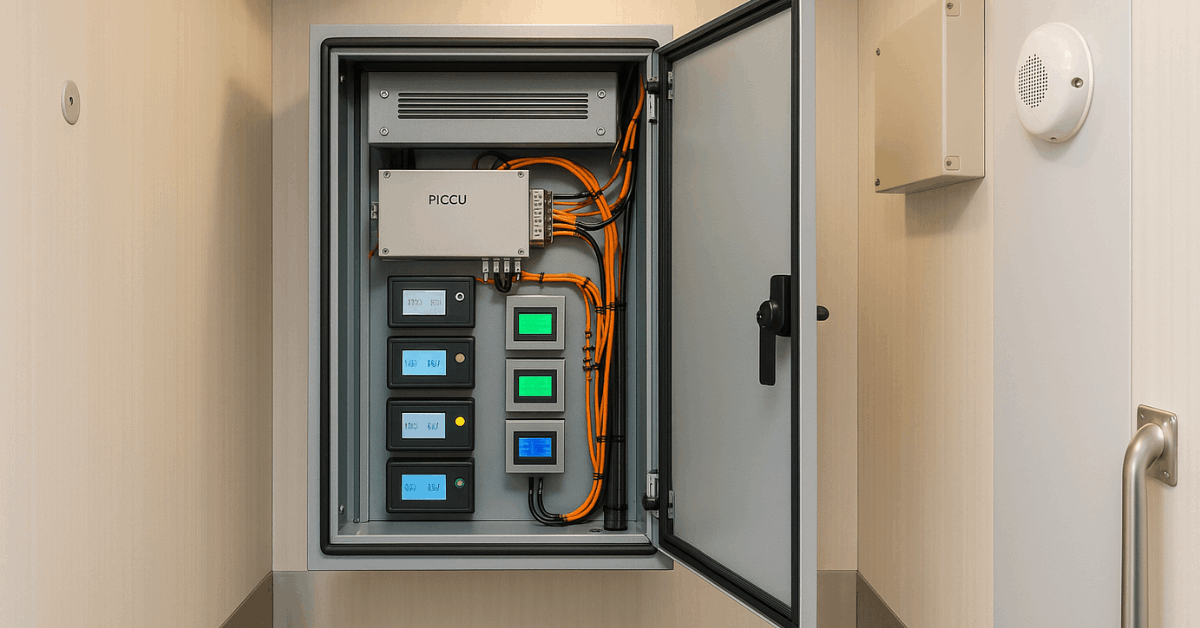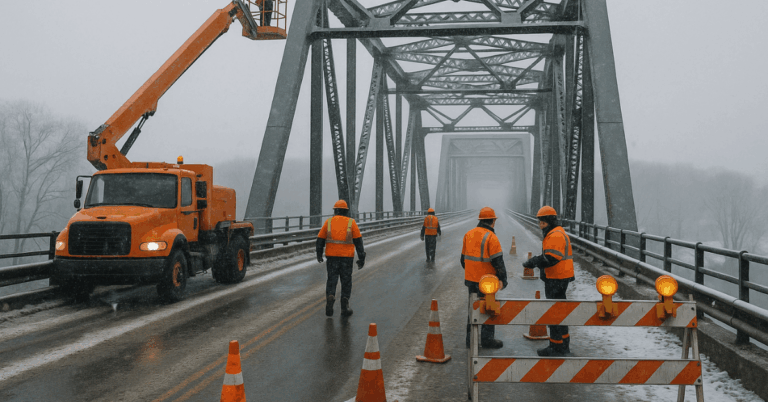Rail travel is entering a practical “smart” phase, and New Coaches Introduced with Advanced Features anchor that shift.
Indian Railways’ Tejas sleeper coaches add digital monitoring, stronger safety, and a cleaner cabin design without complicating the journey.
Evidence comes from operational deployments on the Mumbai–New Delhi Rajdhani Express beginning July 19, 2021, and subsequent expansions across select Rajdhani routes.

What “Smart Coaches” Mean in Practice
Smart coaches integrate sensors, onboard computing, and connected displays to improve safety, information flow, and maintenance.
Central to this package is the PICCU, Passenger Information and Coach Computing Unit, which aggregates coach data and transmits it over GSM to a remote server for analysis.
That backbone enables real-time passenger updates, remote fault visibility, and historical logs for trend analysis. Indian Railways frames this as a move toward predictive maintenance, reducing failures by addressing components before they degrade.
Key Smart Coach Features at a Glance
Reliable features matter more than flashy labels. Expect grouped capabilities that align to safety, comfort, operations, and information clarity.
- Safety and surveillance: Fire detection throughout, suppression in pantry and power cars, and CCTV with facial recognition alongside day–night vision to aid incident review.
- Passenger comfort: Bio-vacuum toilet system with anti-graffiti finishes, touch-light door latches, and toilet occupancy annunciation to cut queues and odor.
- Operational systems: Automatic plug doors interlocked so departures start only when doors are closed, HVAC air-quality measurement, and water-level sensors for timely refills.
- Information & communication: PA/PIS LCDs, digital destination boards in multiple languages, and emergency talk-back for medical or security events.
- Ride quality & build: Air-suspension bogies, stainless-steel SS 201LN underframe against corrosion, and fire-resistant interior foams for seats and berths.
Tejas Sleeper Coaches on the Mumbai–New Delhi Rajdhani
Recent deployments show what passengers actually experience once smart rakes enter service.
The Rajdhani on the Delhi–Mumbai corridor was the first to run with Tejas smart sleeper rakes, replacing older sets and introducing modernized interiors with a golden exterior livery.
Clear start dates and equipment details help set expectations for those booking premium overnight travel.
Launch Timeline and Scope
Indian Railways and Western Railway launched the first Tejas smart sleeper rake on July 19, 2021, replacing the rakes of Train No. 02951/02952.
Two upgraded rakes were prepared, including one set composed exclusively of Tejas smart sleeper coaches. Later in 2021, the railway reported four Rajdhani trains operating with Tejas sleeper coaches.
What Changed for Passengers
Coaches added PA/PIS LCDs showing the next station, distance, ETA, and safety messages; digital destination boards moved to a clearer two-row format.
Six CCTV cameras per coach record with day–night capability, supporting better visibility across vestibules and aisles. Interlocked plug doors prevent roll-outs until every entry is closed, strengthening platform safety during busy stops.
Inside the Passenger Information and Coach Computing Unit (PICCU)
Clear expectations help you assess how smart functions translate into reliability. PICCU serves as the coach “hub,” capturing events and metrics, then reporting them over GSM for analytics, alerts, and documentation.
| Category | Examples of inputs captured | Resulting benefit |
| Safety systems | Fire detection, panic switch, CCTV recording references | Faster response and auditable incident logs |
| Environment | Air quality index, choke-filter sensor status | Cleaner air and proactive filter service |
| Equipment health | WSP events, wheel/bearing condition trends | Earlier component attention and fewer en-route faults |
| Passenger systems | PA/PIS status, toilet odour/occupancy sensors | Accurate announcements and cleaner facilities |
| Utilities & power | Energy meter readings, water-level sensors | Timely refills and energy oversight |
PICCU’s connectivity enables onboard passenger information to stay current while maintenance teams receive actionable data for turnaround planning.
Indian Railways describes this as a deliberate move from scheduled preventive checks toward predictive maintenance in rail operations.
Predictive Maintenance in Rail Operations
Maintenance shifts from calendar-based routines to sensor-driven intervention windows. Wheel-slide protection (WSP) events, HVAC air-quality measures, and toilet odour alerts create patterns that reveal early component distress.
Teams prioritize the next depot touch based on risk, extending component life without compromising availability.
Indian Railways highlighted this change specifically when introducing Tejas smart coaches on Rajdhani services, calling it a “paradigm shift” for passenger experience and asset care.
Safety, Security, and Accessibility Upgrades
Passenger safety systems layer multiple protections. Automatic fire detection scans every coach while suppression stands ready in high-risk cars, limiting damage and downtime during rare thermal incidents.
CCTV with facial recognition supports authorized investigations by providing clearer identity cues under low light, improving post-incident review without relying on eyewitness memory.
Automatic plug doors interlock movement until the guard confirms closure across the rake, avoiding accidental drags and platform conflicts. Emergency talk-back points create a direct path to staff for medical events or harassment, cutting response time when seconds matter.
Comfort and Hygiene Details That Matter
Small usability upgrades compound across a long journey. The bio-vacuum toilet system improves flushing while saving water per use, and anti-graffiti coatings with gel-coated shelves keep surfaces cleaner for the next passenger. Occupancy indicators reduce crowds in vestibules and help attendants plan cleaning cycles.
Roller blinds sanitize faster than curtains, while fire-resistant silicon foam in berths reduces smoke risk and improves sleep comfort.
Every berth gains a reading light and a mobile charging point, minimizing disputes over shared outlets and making night routines predictable. Air-suspension bogies smooth track transitions, and stainless-steel 201LN underframes fight corrosion in humid regions, extending coach life between refurbishments.
What Travelers Should Expect on Board
Clear, dynamic displays replace guesswork about the next station and arrival time, which lowers anxiety during overnight segments.
Digital boards show train numbers, coach types, destinations, and intermediate stops in multiple languages, helping families and infrequent riders quickly confirm they’re in the right place.
Cabin temperature and air quality are monitored rather than only set, improving comfort during seasonal extremes. Charging points, individual lights, and cleaner toilets translate into fewer conflicts and quicker routines during peak hours around dawn and dusk.
Manufacturing and Rollout
Tejas-type sleeper coaches originate from the Modern Coach Factory (MCF), a newer facility focused on stainless-steel coaches and modular interior assemblies.
Indian Railways has repeatedly signaled that Tejas sleeper coaches will gradually replace premium long-distance rakes as production scales and maintenance ecosystems mature.
Earlier production plans referenced several hundred units across MCF and ICF Chennai, illustrating the intent to mainstream smart features in flagship services.
Conclusion
Brilliant coaches translate technology into tangible comfort, clearer information, and steadier running during long overnight segments. For routes operating Tejas sleeper rakes, the combination of sensor-based safety, onboard passenger information, and sturdier interiors raises the baseline for premium services.
Continued rollout through MCF and allied factories should broaden access to these benefits, while PICCU data helps maintenance teams keep availability high during busy seasons.
Indian Railways’ early deployment on Rajdhani services marked a practical path for scaling connected rail, validating the case for smart upgrades beyond a single route.











